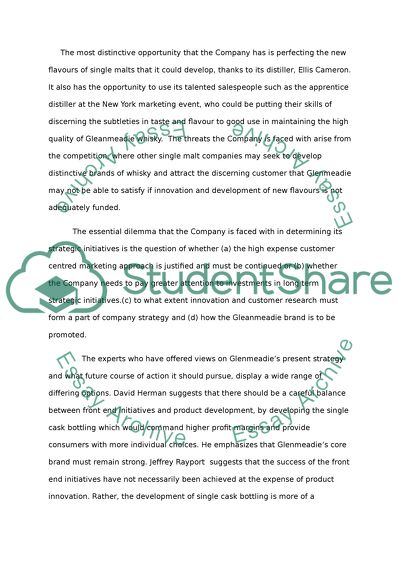Cite this document
(“Appropriate Marketing Strategy for Glenmeadie Case Study”, n.d.)
Appropriate Marketing Strategy for Glenmeadie Case Study. Retrieved from https://studentshare.org/marketing/1552420-report-of-the-essay-study-based-on-the-case-study
Appropriate Marketing Strategy for Glenmeadie Case Study. Retrieved from https://studentshare.org/marketing/1552420-report-of-the-essay-study-based-on-the-case-study
(Appropriate Marketing Strategy for Glenmeadie Case Study)
Appropriate Marketing Strategy for Glenmeadie Case Study. https://studentshare.org/marketing/1552420-report-of-the-essay-study-based-on-the-case-study.
Appropriate Marketing Strategy for Glenmeadie Case Study. https://studentshare.org/marketing/1552420-report-of-the-essay-study-based-on-the-case-study.
“Appropriate Marketing Strategy for Glenmeadie Case Study”, n.d. https://studentshare.org/marketing/1552420-report-of-the-essay-study-based-on-the-case-study.


